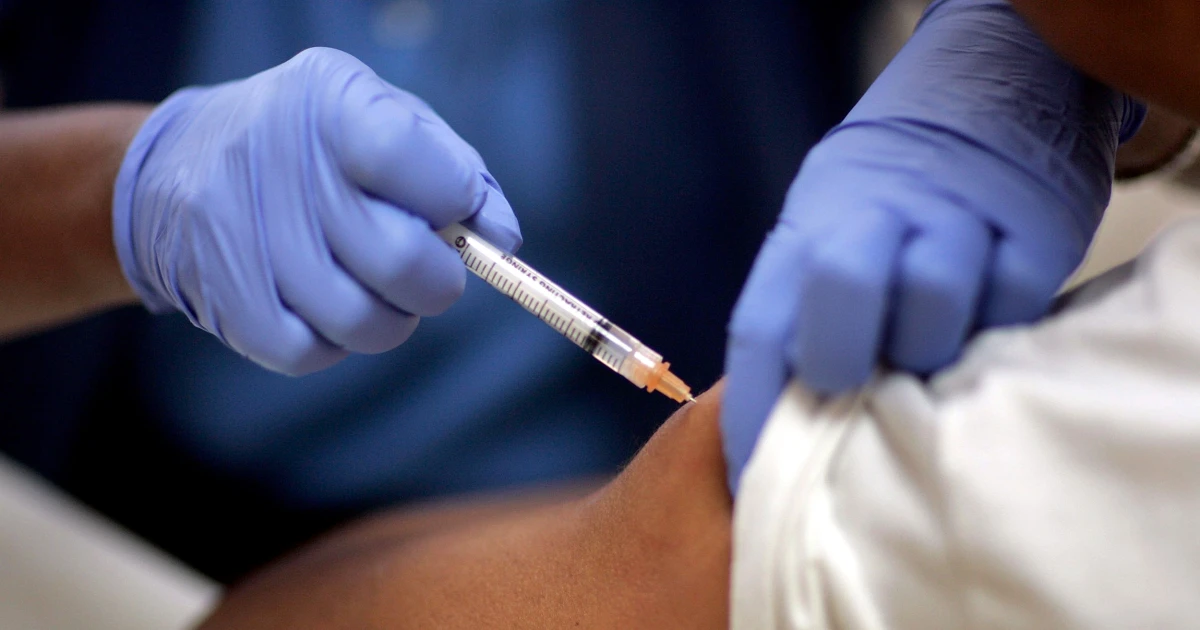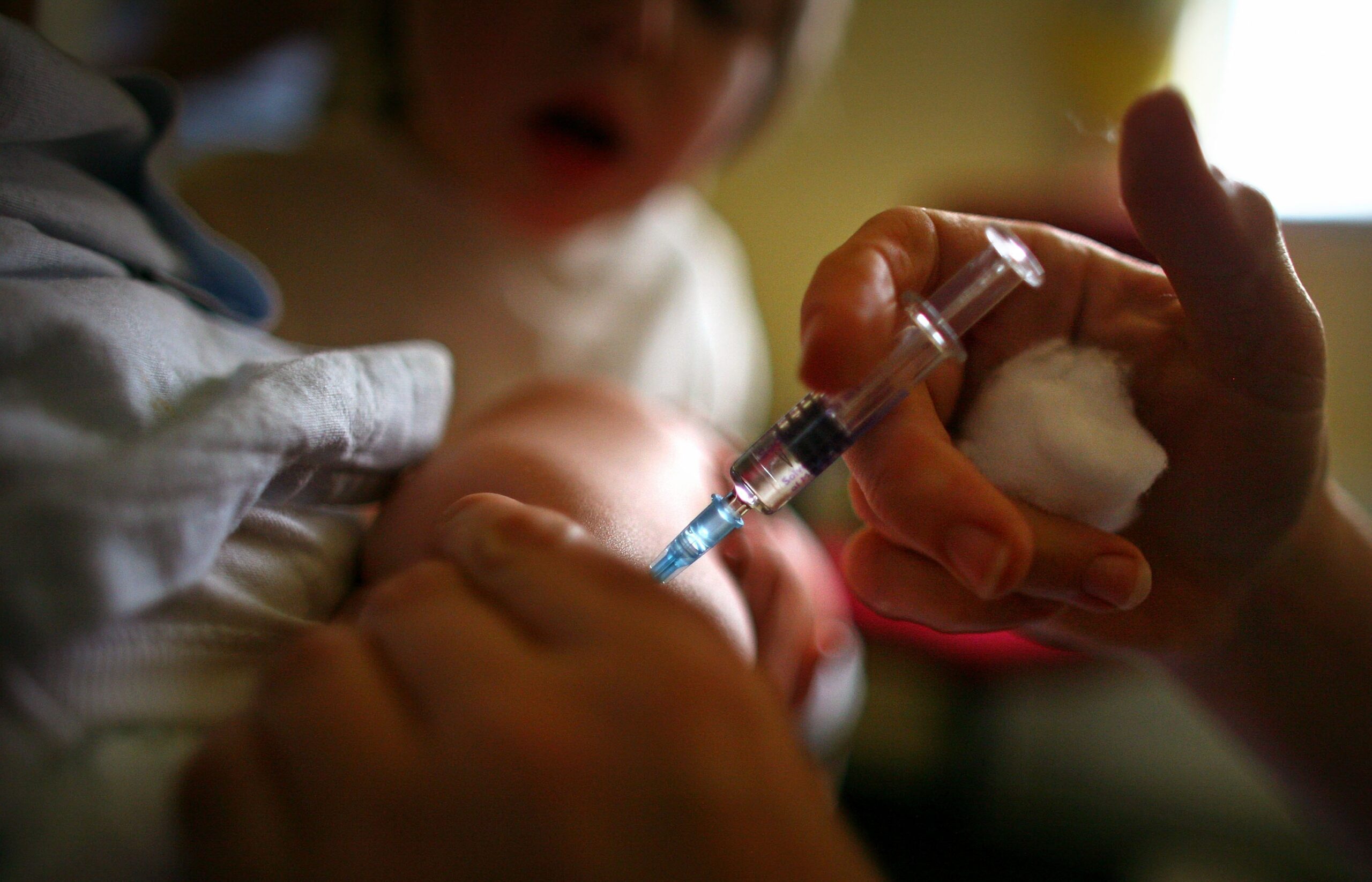Vaccination Schedule for Overseas Patients
Vaccination Schedule for Overseas Patients
Where a patient has been vaccinated overseas in accordance with the UK National Vaccination Schedule – i.e. the schedule of the overseas country conforms to the UK schedule – practices can record delivery of the vaccination in their clinical system to ensure that the vaccination counts towards QOF achievement.
For avoidance of doubt, if a patient has been vaccinated overseas in accordance with the UK national schedule and appropriate evidence has been provided of this vaccination event, the vaccination of the patient should count as a success in respect of any relevant QOF indicator – it should not simply trigger a Personalised Care Adjustment.
When a patient or their representative reports that a vaccination has been delivered overseas or in another setting, individual clinicians should exercise their judgement to determine that a vaccination has been delivered and to record it in the patient record.
The Green Book states, “If children and adults coming to the UK do not have a documented or reliable verbal history of immunisation, they should be assumed to be unimmunised and a full course of required immunisations should be planned.” Patients arriving from overseas with a “documented or reliable verbal history of immunisation” can be assumed to be immunised and recorded as such in the GP patient record – though in the case of reliable verbal histories, it may not be possible to record the batch number or exact vaccination date.
Where a patient has been vaccinated overseas in accordance with the UK national schedule, the practice can ensure that the vaccination counts towards QOF achievement but does not attract an item of service payment by coding the vaccination event in the following way:
- Backdate the event date of the vaccination SNOMED code to accurately reflect when the vaccination was delivered.
- Set the GMS flag to ‘No’ (for EMIS and Cegedim practices) or the ‘Event done’ flag to ‘No’ (for TPP practices)*
- If the vaccination is for MMR or Shingles, use the “MMR vaccination given by other healthcare provider” or “Shingles vaccination given by other healthcare provider” SNOMED code.**
- Add free text associated with the vaccination SNOMED code to note the date the vaccine was given and where.
The above guidance is take from the Quality and Outcomes Framework guidance for 20232/24 (QOF)
Details about the financial arrangements for vaccines and immunisations can be found in the General Medical Services Statement of Financial Entitlements Directions (SFE) (dated:2 October 2023) - Part 5 Vaccines and Immunisations.
Note 1:
The purpose of the GMS flag is to denote when an activity was delivered in fulfilment of the practice’s GMS (inclusive of PMS and APMS) contract (GMS=True), or either delivered by the practice outside the GMS contract or delivered by another healthcare provider (GMS=False). TPP has not implemented a GMS flag, but offers analogous functionality in the form of an ‘Event done’ flag which, if set to false, denotes that the practice did not deliver the activity.
Note 2:
‘Vaccination given by other healthcare provider’ SNOMED codes exist for a limited number of vaccines. MMR and Shingles are the only vaccinations in QOF with a ‘vaccination given by other healthcare provider’ code available.




